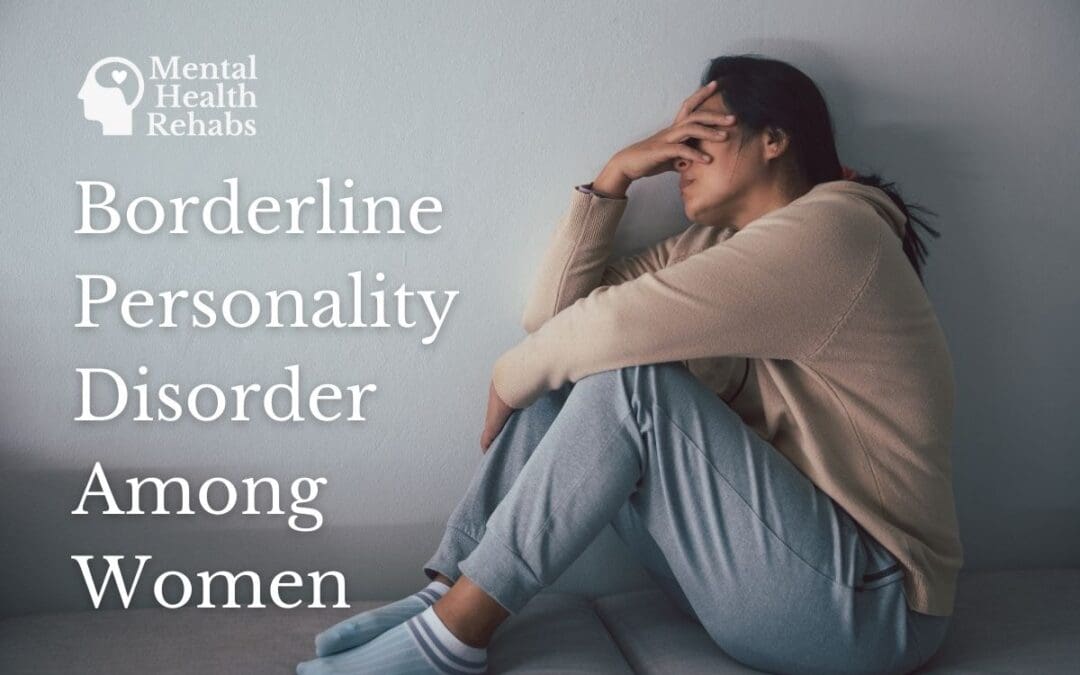Borderline Personality Disorder (BPD) has been a topic of extensive research and discussion in the mental health community. One area of particular interest is the apparent gender divide, with studies suggesting a higher prevalence of BPD among women. But is this truly the case? In this article, we aim to delve into the complexities surrounding BPD in females, examining potential causes, symptoms, and the overarching question: is BPD indeed more common in women?
Understanding Borderline Personality Disorder (BPD)
BPD is a mental health disorder characterized by intense emotional responses, unstable relationships, distorted self-image, and impulsive behaviors. It’s also worth noting that symptoms of BPD can vary significantly between individuals, contributing to the complexity of diagnosis and treatment.
Prevalence of BPD in Women
According to numerous studies, BPD diagnoses are more frequent in women, with the National Institute of Mental Health stating that about 75% of BPD diagnoses are female. And other studies also suggest there’s a 3:1 female-to-male gender ratio when it comes to BPD.
However, it’s crucial to note that these statistics may not paint a complete picture.
Various factors could influence the gender discrepancy in BPD diagnosis. For instance, women may be more likely to seek mental health treatment than men, possibly leading to higher diagnosis rates.
Additionally, societal and cultural expectations may impact how symptoms are perceived and reported. Stereotypes and expectations about how women “should” behave emotionally can influence the recognition and interpretation of BPD symptoms, potentially contributing to the higher reported rates of BPD in women.
For example, women with BPD may face stigmatization or dismissal of their symptoms as merely “emotional” or “hysterical,” adding further challenges to their recovery journey.
Potential Causes of BPD in Females
While the exact cause of BPD isn’t known, it’s believed to result from a combination of genetic, environmental, and social factors. Traumatic experiences, particularly in childhood, are often linked to BPD. Some research suggests that females might be more susceptible to these experiences, potentially contributing to a higher prevalence of BPD.
Moreover, hormonal and neurobiological differences may also play a role. Some studies suggest that hormonal fluctuations, particularly those related to the menstrual cycle, could exacerbate BPD symptoms in women.
Recognizing Symptoms of BPD in Females
Understanding the symptoms of BPD in females is vital for early detection and treatment. Usually, symptoms of borderline personality disorder start to appear in adolescence or early adulthood, which allows for diagnosis before age 18. In fact, about one-third of adolescents with BPD self-harm before they turn 12.
While symptoms vary, they typically include:
- Intense mood swings
- Fear of abandonment
- Unstable relationships
- Poor self-image
- Impulsive behavior
Self-harm or suicidal behavior is also a serious concern and should be addressed immediately.
It’s important to note that BPD symptoms can often overlap with other conditions, such as depression, anxiety, or eating disorders, making diagnosis challenging.
Therefore, if you or someone you know exhibits these symptoms, seeking professional help for a comprehensive evaluation is critical.
Treatment Options for BPD in Women
Whether in men or women, treatment for BPD generally involves a multi-faceted approach tailored to the individual’s specific needs and symptoms. For many, this includes a combination of psychotherapy, medication, and lifestyle modifications.
Psychotherapy
Psychotherapy, specifically dialectical behavior therapy (DBT), is often the first-line treatment for BPD. DBT teaches individuals how to regulate their emotions, tolerate distress, and improve relationships – skills that can be particularly useful for individuals with BPD.
Cognitive-behavioral therapy (CBT) and schema-focused therapy are other effective therapeutic approaches for BPD.
Medications
While it can’t cure BPD, medication can help manage specific symptoms or comorbid conditions. For instance, antidepressants, mood stabilizers, or antipsychotic medications may be used based on an individual’s symptom profile.
Lifestyle Changes
Lifestyle modifications like regular physical activity, a balanced diet, and adequate sleep can also contribute positively to overall well-being and symptom management.
It’s crucial to remember that every person’s experience with BPD is unique, and what works well for one individual may not be as effective for another. Thus, open communication and collaboration with healthcare providers are key to finding the most effective treatment strategy.
A Final Word
In conclusion, while statistics suggest a higher prevalence of BPD among women, the reasons behind this are complex and multi-faceted, extending beyond biology and into societal and cultural realms. A better understanding of these factors can help guide future research and improve the support and treatments available for all individuals living with BPD.

